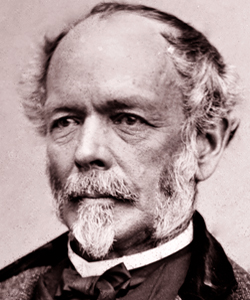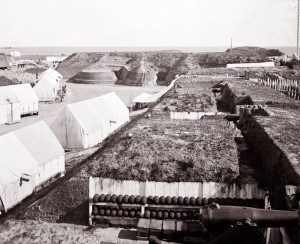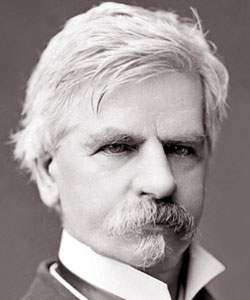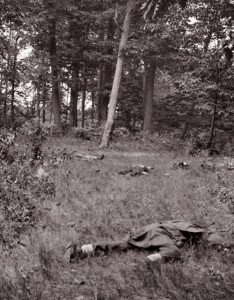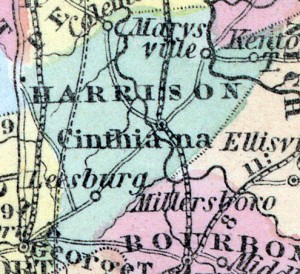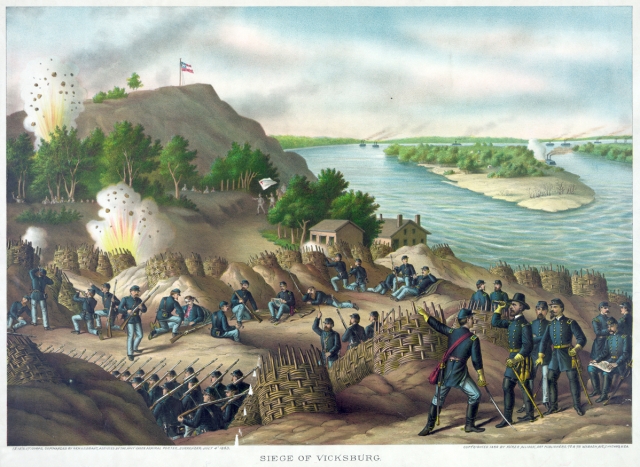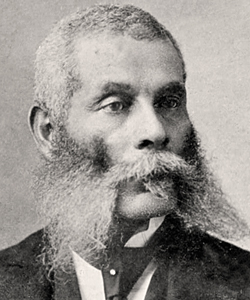 The Battle of Olustee took place on February 20, 1864 in Baker County, Florida where the Union Army under Brigadier General Truman B. Seymour was defeated and forced to retreat back to Jacksonville in the largest battle fought in Florida during the American Civil War. Under Brigadier General Joseph Finegan, the reinforced Confederate soldiers inflicted massive casualties on Union troops. Estimates on both sides list the total casualties for the Union Army at 1,860, almost 40% of the participating soldiers and 946 Confederate casualties, 20% of their soldiers at Olustee. Seymour’s army was notable for the participation of three colored regiments; the 8th United States Colored Troops, the 35th United States Colored Troops and the 54th Massachusetts Infantry. For more information on these regiments during Olustee, check out portions of J. Matthew Gallman’s chapter in Wars within a War: Controversy and Conflict over the American Civil War. Other documents of interest related to the Battle of Olustee can be found in volume 35 of the Official Records.
The Battle of Olustee took place on February 20, 1864 in Baker County, Florida where the Union Army under Brigadier General Truman B. Seymour was defeated and forced to retreat back to Jacksonville in the largest battle fought in Florida during the American Civil War. Under Brigadier General Joseph Finegan, the reinforced Confederate soldiers inflicted massive casualties on Union troops. Estimates on both sides list the total casualties for the Union Army at 1,860, almost 40% of the participating soldiers and 946 Confederate casualties, 20% of their soldiers at Olustee. Seymour’s army was notable for the participation of three colored regiments; the 8th United States Colored Troops, the 35th United States Colored Troops and the 54th Massachusetts Infantry. For more information on these regiments during Olustee, check out portions of J. Matthew Gallman’s chapter in Wars within a War: Controversy and Conflict over the American Civil War. Other documents of interest related to the Battle of Olustee can be found in volume 35 of the Official Records.
The most extensive collection of resources can be found at the Battle of Olustee site developed by Thomas R. Fasulo which includes primary sources such as official reports, maps, letters, diaries, images, speeches and periodicals. The Olustee Battlefield Historic State Park commemorates the battle and offers visitors a chance to immerse themselves through walking tours of the battlefield and a visitor center with historical information and artifacts. There is an annual reenactment of the battle in February and a Civil War Expo in September that provides visitors an authentic experience of the battle with hands on activities and historical reenactments

